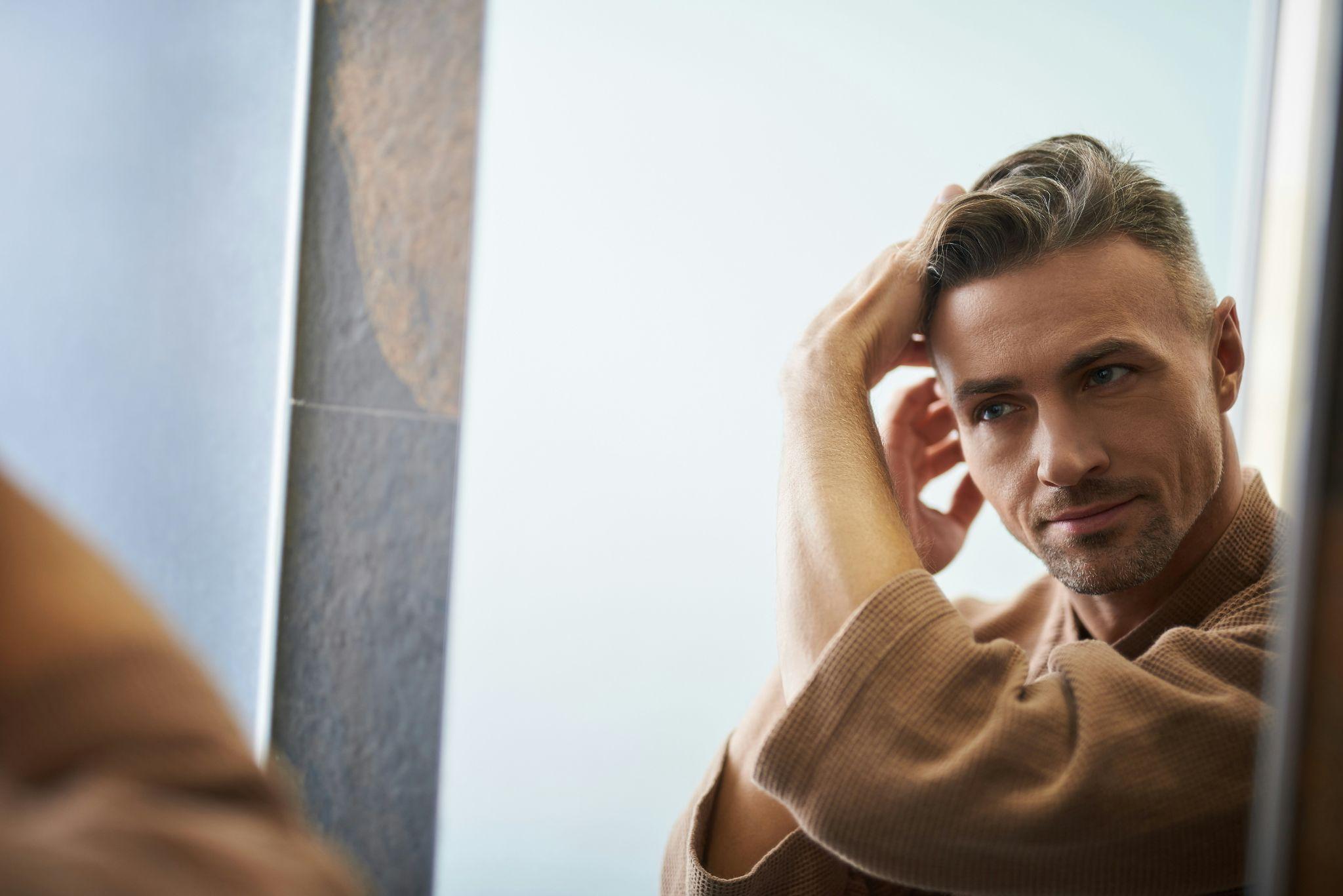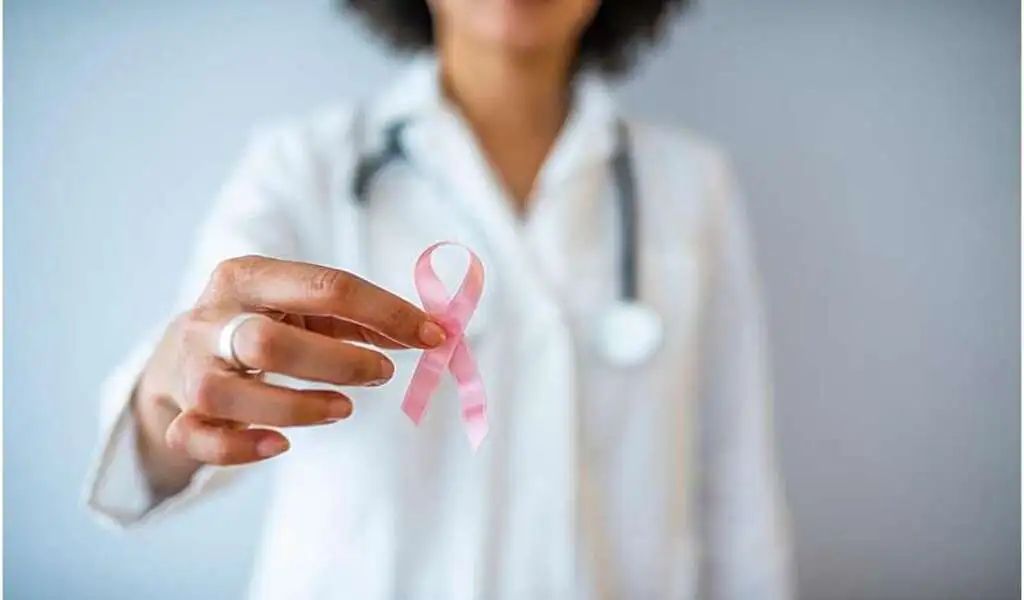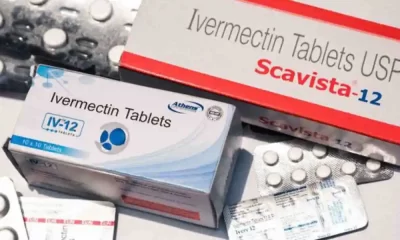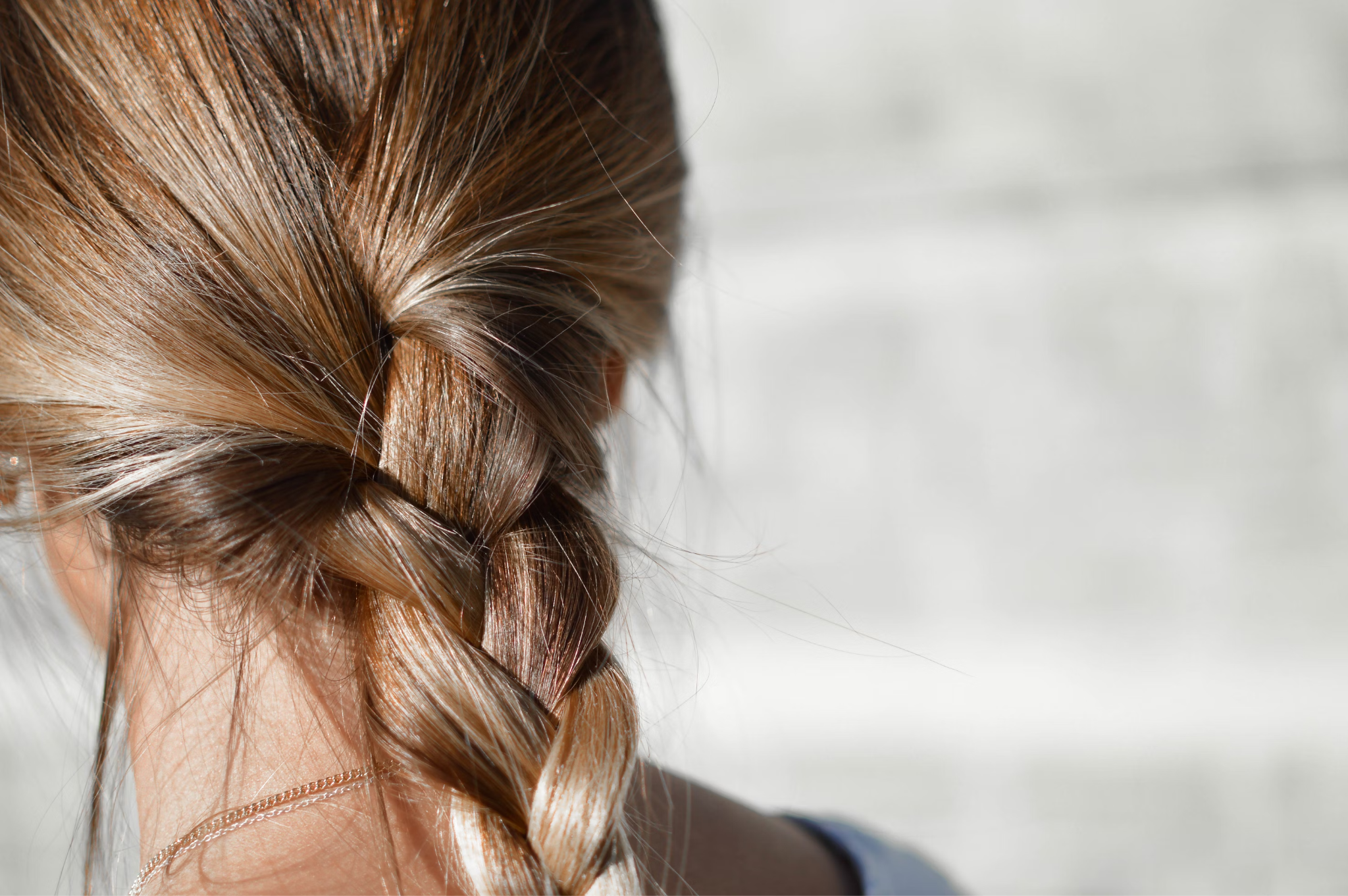Health
Pre and Post-Operative Care for Hair Transplant in Bangkok

Hair Transplant in Bangkok: Bangkok, a renowned destination for medical tourism in Thailand, offers world-class hair restoration clinics that prioritize comprehensive care throughout the entire process.
From medical evaluations and medication adjustments before the transplant to wound care, activity restrictions, and hair growth monitoring after the surgery, adhering to your medical practitioner’s recommendations can make all the difference. While the procedure itself is important, the pre and post-operative care you receive is important in ensuring a successful outcome.
In this article, we’ll provide essential aspects of pre and post-operative care for hair transplants in Bangkok. Whether you are thinking about getting a hair transplant or have already had the procedure done, the right pre and post-operative care can help you get great and lasting results.
Pre-Operative Care for Hair Transplant Surgery
Consultation and Evaluation
Before the procedure, it is essential to have a thorough consultation with an experienced hair transplant medical practitioner in Bangkok. During this consultation, the medical practitioner will evaluate your hair loss pattern, scalp condition, and overall health to determine if you are a suitable candidate for the procedure. They will also discuss your expectations and provide a detailed plan for the transplant.
Medical History and Tests
For hair transplant treatment in Thailand, your medical practitioner will need to review your medical history and may require you to undergo certain tests, such as blood tests. This ensures that you are in good health for the surgery. It is crucial to disclose any existing medical conditions, medications, or supplements you are taking, as they may impact the procedure or recovery process.
Medication and Supplement Adjustments
Depending on your medical history and the medical practitioner’s recommendations, you may need to adjust or discontinue certain medications or supplements before the procedure. This is to minimize the risk of complications and ensure optimal results.
Hair Preparation
In the days leading up to the surgery, you may be instructed to avoid certain hair products or treatments, such as hair dyes or chemical treatments. Additionally, you may be asked to trim or shave specific areas of your scalp to prepare for the transplant.
Post-Operative Care for Hair Transplant Surgery
Immediate Care
After the hair transplant procedure, your medical practitioner will provide specific instructions for immediate post-operative care. This may include applying bandages or dressings to the transplanted area, taking prescribed medications to manage pain and swelling, and following specific instructions for sleep positioning and activity restrictions.
Pain and Swelling Management
It is normal to experience some discomfort, swelling, and bruising after a hair transplant treatment. Your medical practitioner will prescribe appropriate pain medication and provide recommendations for managing swelling, such as applying cold compresses or taking over-the-counter anti-inflammatory medications.
Wound Care
Taking proper care of the wound area is critical for a successful recovery. Your medical practitioner will give you detailed guidance on how to clean and tend to the transplanted region, including the right way to gently wash your hair. Closely following these instructions will help reduce the risk of infections and aid in the healing process.
Activity Restrictions
For the first few days or weeks after the procedure, your medical practitioner may recommend limiting certain activities, such as strenuous exercise, exposure to direct sunlight, or wearing hats or helmets that could disrupt the transplanted grafts. It is essential to follow these restrictions to ensure optimal results and prevent complications.
Follow-up Appointments
Your medical practitioner will schedule follow-up appointments to monitor your progress and ensure proper healing. During these appointments, they may adjust your post-operative care instructions or provide additional guidance as needed.
Hair Growth and Shedding
It’s essential to recognize that hair growth and shedding can differ from person to person after a hair transplant. In the beginning, you may notice some shedding of the transplanted hair, but this is a normal part of the process. Typically, you’ll start to see new hair growth within a few months, and the results will continue to improve and become more evident over the course of the next year.
Lifestyle and Hair Care
As you recover, your medical practitioner will guide you on when you can resume your normal hair care routine and lifestyle activities. This may include recommendations for hair care products, styling techniques, and any necessary lifestyle adjustments to support the long-term health of your transplanted hair.
By adhering to pre-surgery preparations, such as medical evaluations, medication adjustments, and hair preparations, you set the stage for a successful hair transplant. Post-surgery care, including wound care, activity restrictions, and proper hair growth monitoring, is equally vital to support the healing process and nurture the newly transplanted hair grafts. Open and clear communication with your medical practitioner is key, as they can adjust the care plan if needed based on your personal situation and progress. Following their recommendations diligently gives you the best chance of achieving the desired results from your hair transplant treatment.
SEE ALSO: FDA Approves New Non-Stimulant ADHD Medication “Onyda XR”

Health
Report Causes Pfizer Stock to Climb Approximately $1 Billion Acquired by Starboard

(VOR News) – According to a rumor that activist investor Pfizer Starboard Value has taken a holding in the struggling pharmaceutical business that is expected to be worth around one billion dollars, the stock of Pfizer (PFE) is on the increase in premarket trading on Monday.
This comes after the report was made public. The report was made available to the general public following this. Starboard Value was successful in moving forward with the acquisition of the position.
Starboard is said to have approached Ian Read, a former chief executive officer of Pfizer, and Frank D’Amelio, a former chief financial officer, in order to seek assistance with its goals of boosting the performance of the company, according to the Wall Street Journal. Read and D’Amelio are both former Pfizer executives.
The purpose of this is to facilitate the accomplishment of its objectives, which include enhancing the overall performance of the firm.
In their previous jobs, D’Amelio and Read were chief financial officers.
It is stated in the report that the hedge fund is of the opinion that Pfizer, which is currently being managed by Albert Bourla, who succeeded Read as Chief Executive Officer (CEO) in 2019, does not demonstrate the same level of mergers and acquisitions (M&A) discipline that Read did. Bourla took over for Read in 2019. Read was succeeded by Bourla in the year 2019.
Pfizer, a multinational pharmaceutical conglomerate, has made substantial investments in the acquisition of more companies that are involved in the research and development of cancer medicines.
These businesses have been acquired for billions of dollars. The biotechnology company Seagen, which was acquired by Pfizer in the previous year for a price of $43 billion, is included in this category. One of the businesses that can be classified as belonging to this category is Seagen.
In spite of the fact that the S&P 500 Index experienced a 21% increase in 2024.
No major trading occurred in Pfizer stock that year.
Due to the fact that the demand for Pfizer’s COVID-19 vaccines fell after the firm reached its pandemic peak in 2021, the share price of the corporation has decreased by over fifty percent since that time.
This drop has occurred ever since the company’s shares reached their maximum peak, which was during the time that this decline occurred. Not only have they not changed at all, but they have also remained essentially stable. This is in contrast to the S&P 500, which has gained 21% since the beginning of this year.
Recently, the corporation was forced to take a hit when it decided to recall all of the sickle cell illness medications that it had distributed all over the world.
Fears that the prescription could lead patients to experience severe agony and possibly even death were the impetus for the decision to recall the product. In spite of the fact that Pfizer’s stock is increasing by almost three percent as a result of the news that followed the company’s decision, this is the circumstance that has come about.
SOURCE: IPN
SEE ALSO:
New Study Reveals Drinking Soda Pop Increases the Risk of Stroke
The Mpox Vaccine’s Protection Decreases Within a Year; Booster Requirements
Health
New Study Reveals Drinking Soda Pop Increases the Risk of Stroke

A recent report from global research indicates that excessive consumption of coffee or soda pop is associated with an increased risk of stroke, although the intake of black and green tea is correlated with a reduced risk. Excessive consumption of soda pop or coffee warrants caution!
Recent research indicates that it may substantially elevate the risk of stroke.
Consuming four cups of coffee daily elevates the risk of stroke, according to studies, although ingesting 3-4 cups of black or green tea daily typically offers protection against stroke. Additionally, consume more coffee; it may reduce your risk of mortality.
Recent findings from global research studies co-led by the University of Galway and McMaster University, alongside an international consortium of stroke researchers, indicate that soda, encompassing both sugar-sweetened and artificially sweetened variants such as diet or zero sugar, is associated with a 22 percent heightened risk of stroke. The risk escalated significantly with the consumption of two or more of these beverages daily.
Stroke Risk Fizzy Drinks and Soda Pop
The correlation between fizzy drinks consumption and stroke risk was most pronounced in Europe, the Middle East, Africa, and South America. Women exhibit the most elevated risk of stroke from bleeding (intracranial hemorrhage) associated with fruit juice beverages. Consuming over 7 cups of water daily diminishes the likelihood of stroke due to a clot.
Researchers observed that numerous items advertised as fruit juice are derived from concentrates and have added sugars and preservatives, potentially negating the advantages often associated with fresh fruit and instead elevating stroke risk.
Fruit juice beverages were associated with a 37 percent heightened risk of stroke resulting from bleeding (intracranial hemorrhage). Consuming two of these beverages daily increases the risk thrice.
Consuming over four cups of coffee daily elevates the risk of stroke by 37 percent, although lower consumption levels do not correlate with stroke risk. Conversely, tea consumption was associated with an 18-20 percent reduction in stroke risk. Additionally, consuming 3-4 cups daily of black tea, such as Breakfast and Earl Grey varieties, excluding green and herbal teas, was associated with a 29 percent reduced risk of stroke.
Consuming 3-4 cups of green tea daily was associated with a 27 percent reduction in stroke risk. Notably, the addition of milk may diminish or inhibit the advantageous effects of antioxidants present in tea. The lower risk of stroke associated with tea consumption was negated for individuals who added milk.
Disclaimer: This article is intended solely for informational reasons and should not be considered a replacement for professional medical counsel. Consistently consult your physician regarding any inquiries pertaining to a medical problem.
Related News:
Starbucks Faces Sales Decline Amid Price Fatigue and Rising Competition
Starbucks Faces Sales Decline Amid Price Fatigue and Rising Competition
Health
Following a Diagnosis of Breast Cancer, What Else Should You Know?

(VOR News) – Even though breast cancer affects one in eight American women, receiving a diagnosis can make a woman feel isolated.
Experts in breast cancer from the American College of Physicians (ACS) advise patients on how to manage their disease so that they may better cope with this awful information.
First, the kind and stage of breast cancer dictates the course of your care.
In addition to immunotherapy and chemotherapy, there are various surgical options available for the treatment of breast cancer.
Women of African descent are disproportionately affected by triple-negative breast cancer, an extremely aggressive form of the disease that has never proven easy to treat.
According to the American Cancer Society, pembrolizumab (Keytruda), an immunotherapy, has been shown to be helpful when combined with chemotherapy and is currently the recommended course of treatment for certain combinations of triple-negative breast cancer.
In her presentation, Dr. Katharine Yao said, “It’s really important that the patient and physician discuss the patient’s preferences and values when deciding what type of treatment to pursue and that they have an honest, individualized discussion with their care team.”
She is currently responsible for developing breast cancer treatment recommendations for more than 575 hospitals and institutions nationwide in her role as chair of the American College of Surgeons’ National Accreditation Program for Breast Institutions (NAPBC).
Yao, vice chair of research at Endeavor Health NorthShore Hospitals in New York, pointed out that each decision made about a patient’s treatment plan should take her preferences and diagnosis into consideration.
She ought to think about whether she would prefer a mastectomy—a surgical procedure that involves removing the entire breast with or without reconstruction—or a lumpectomy, which involves a surgical procedure that spares part of the breast tissue.
She stated that “the breast cancer you have may be very different from the breast cancer you hear about in your neighbor, colleague, or friend” in a press release issued by the American Cancer Society (ACS).
“Consider that while discussing breast cancer with others.”
Throughout your journey, it is critical that you look after your emotional health because having breast cancer may have a detrimental impact on your mental health.
“Getting a cancer diagnosis does not mean that everything in your life stops to be normal.” Director of the Fellowship in the Diseases of the Breast program at the Winthrop P. Rockefeller Cancer Institute at the University of Arkansas and state head of the American Cancer Society Commission on Cancer for Arkansas, Dr. Daniela Ochoa She thinks adding the burden of a cancer diagnosis and treatment to all the other pressures in life may be taxing.
“Managing stress and emotional health is vital component of a treatment plan.”
Ochoa recommends clinically trained psychologists and social workers who have assisted people in coping with cancer to anyone receiving treatment. Learning coping techniques might also be facilitated by joining cancer support groups or cancer wellness initiatives.
Breast cancer specialists say your care team is crucial.
The American Cancer Society (ACS) defines comprehensive care as having support at every stage of the procedure from surgeons, oncologists, patient navigators, nurses, social workers, psychologists, and other specialists.
After receiving a breast cancer diagnosis, women should see a surgeon or medical oncologist to explore their options; nevertheless, treatment shouldn’t be discontinued after just one appointment or after surgery is over.
Additionally, you can ask trustworthy friends or family members to accompany you to appointments and aid you with research or notes. They could serve as a network of support for you.
Yao stated in his talk that “one of the most important things is that patients should search out a team they have confidence in, that they trust will have their back when they need it, and a team they feel they can get access to and that will help them when they are in need.”
SOURCE: MP
SEE ALSO:
The Mpox Vaccine’s Protection Decreases Within a Year; Booster Requirements
COVID was a Paradigm Shift in Health Policymaking, Says Commissioner Stella Kyriakides.
Rwanda Reports 8 Deaths Linked To Ebola-Like Marburg Virus Days After It Declared An Outbreak
-

 News3 years ago
News3 years agoLet’s Know About Ultra High Net Worth Individual
-
Entertainment2 years ago
Mabelle Prior: The Voice of Hope, Resilience, and Diversity Inspiring Generations
-

 Health3 years ago
Health3 years agoHow Much Ivermectin Should You Take?
-

 Tech2 years ago
Tech2 years agoTop Forex Brokers of 2023: Reviews and Analysis for Successful Trading
-

 Lifestyles3 years ago
Lifestyles3 years agoAries Soulmate Signs
-

 Movies2 years ago
Movies2 years agoWhat Should I Do If Disney Plus Keeps Logging Me Out of TV?
-

 Health3 years ago
Health3 years agoCan I Buy Ivermectin Without A Prescription in the USA?
-

 Learning2 years ago
Learning2 years agoVirtual Numbers: What Are They For?

